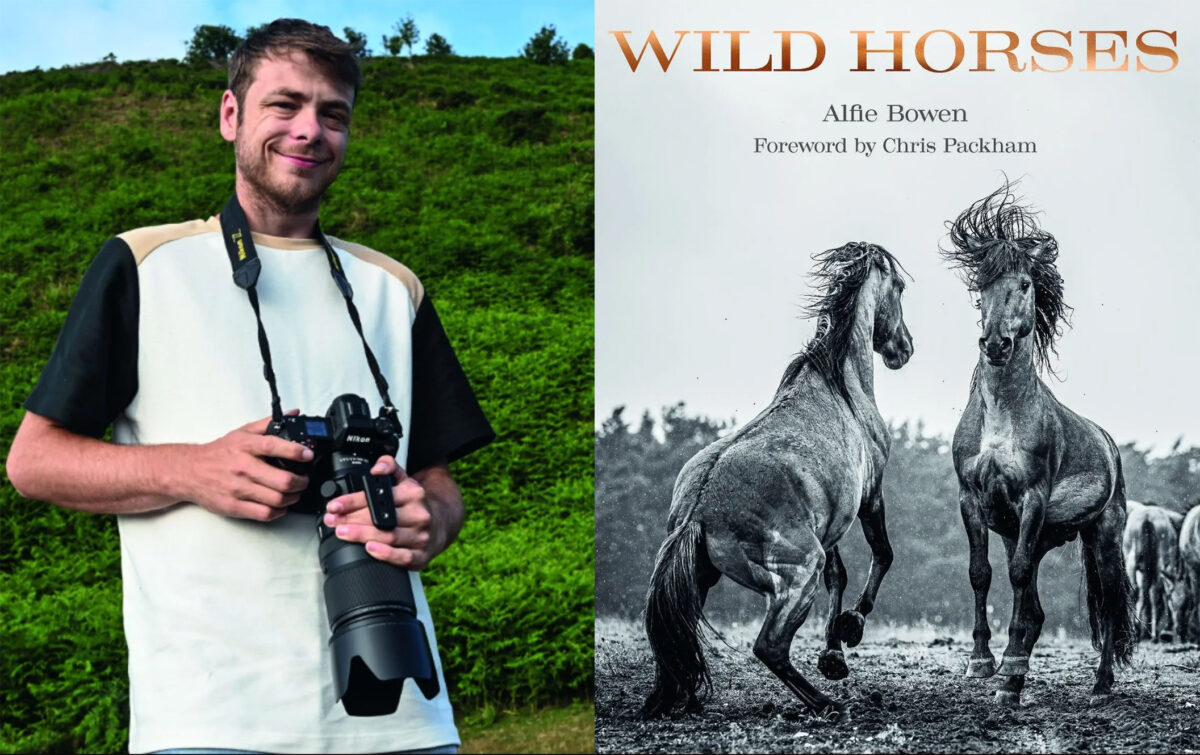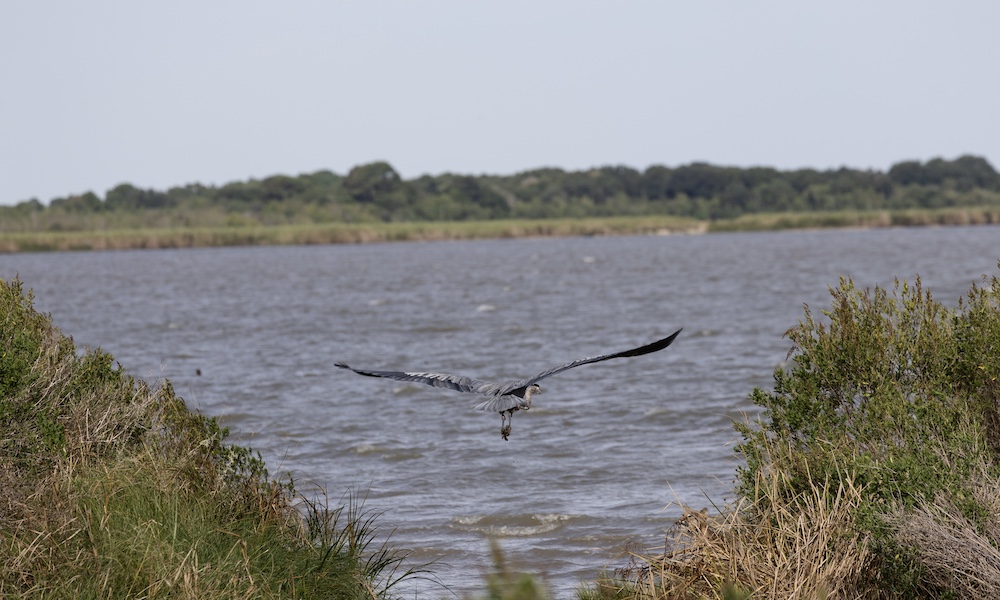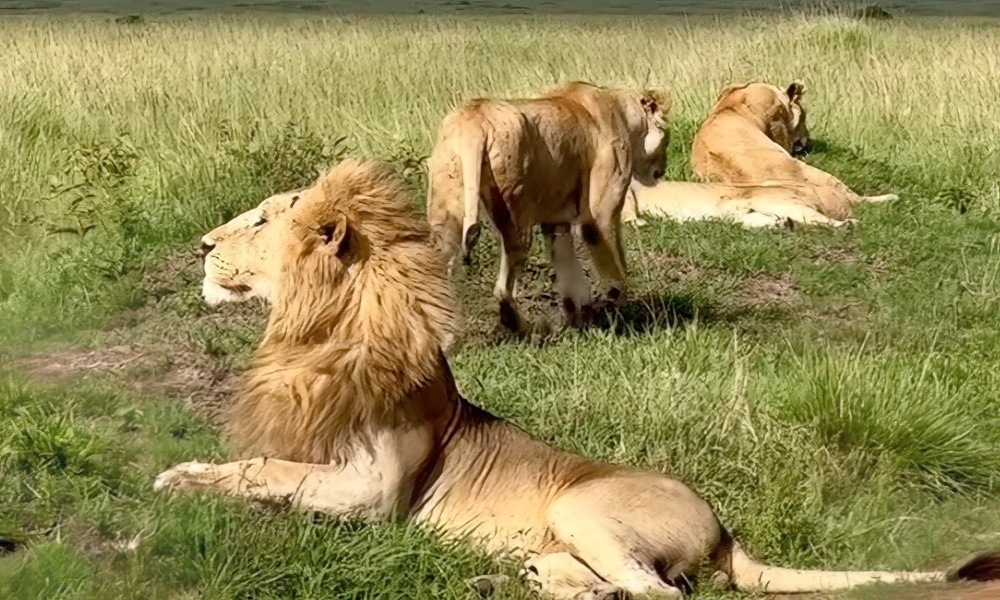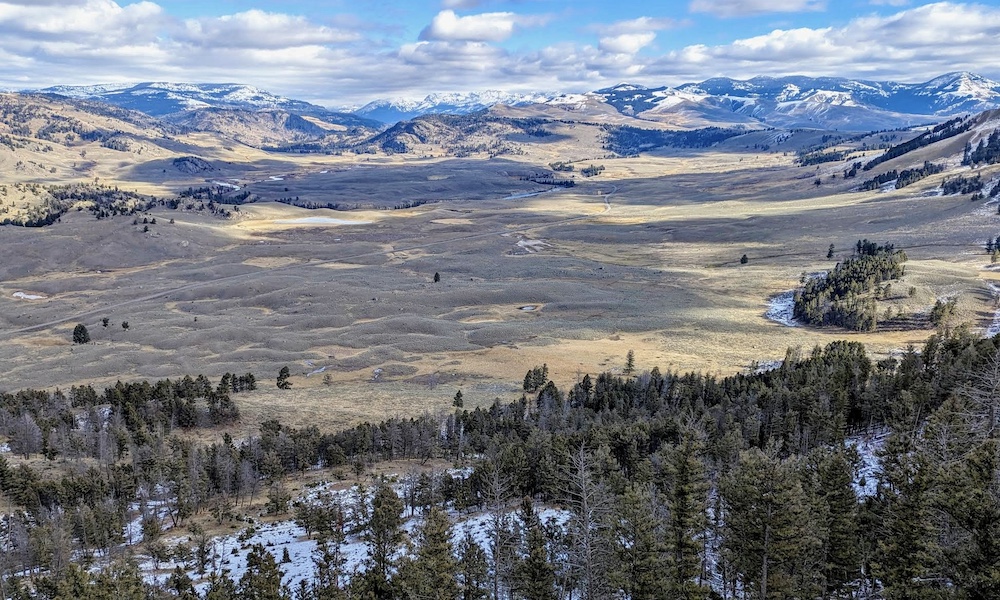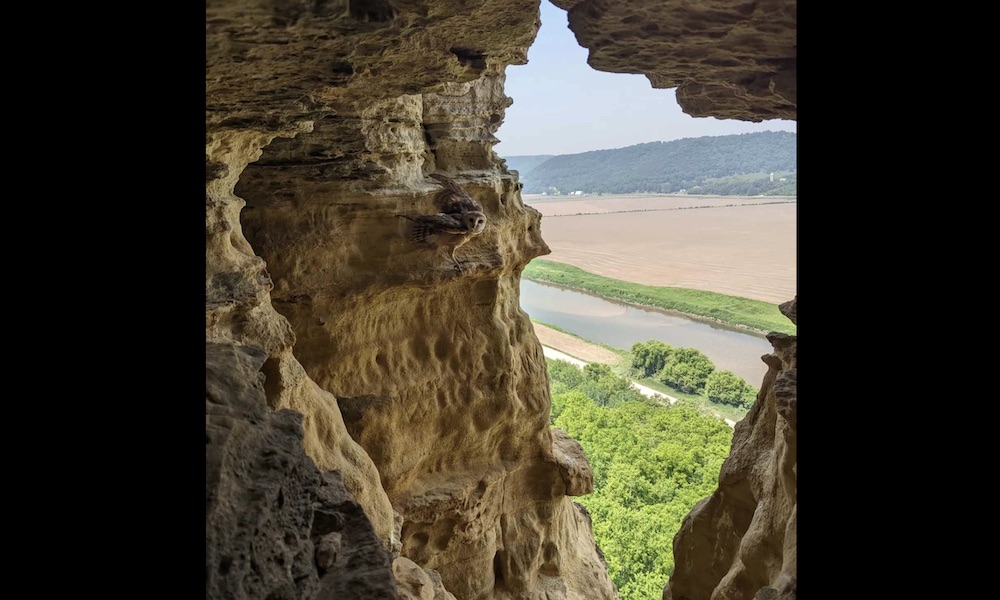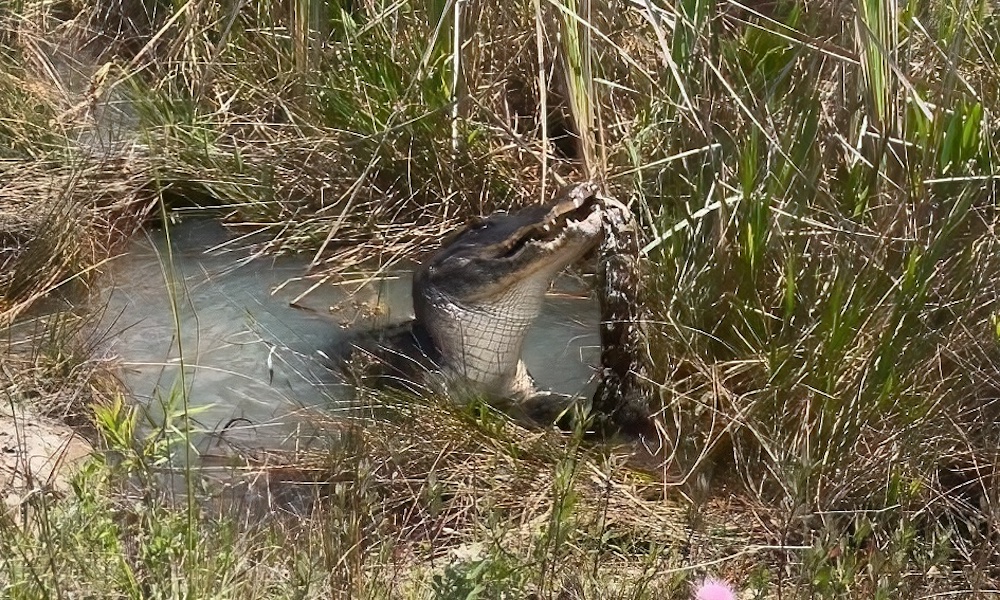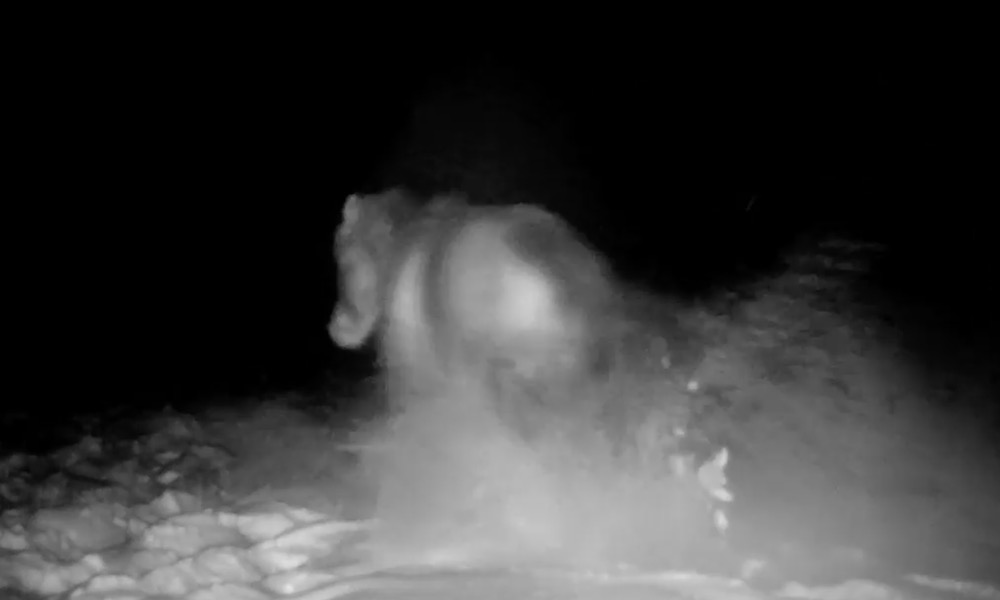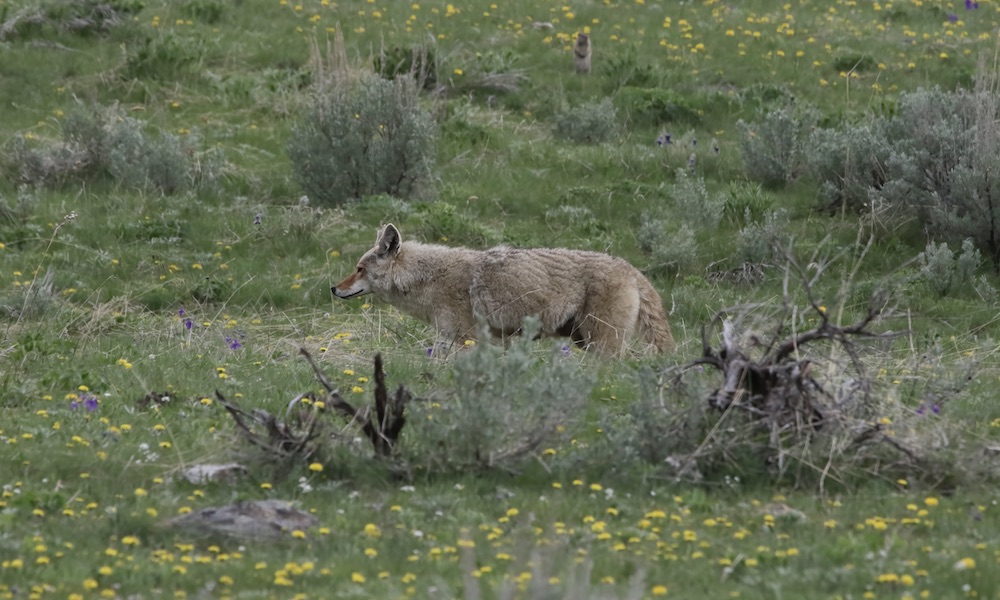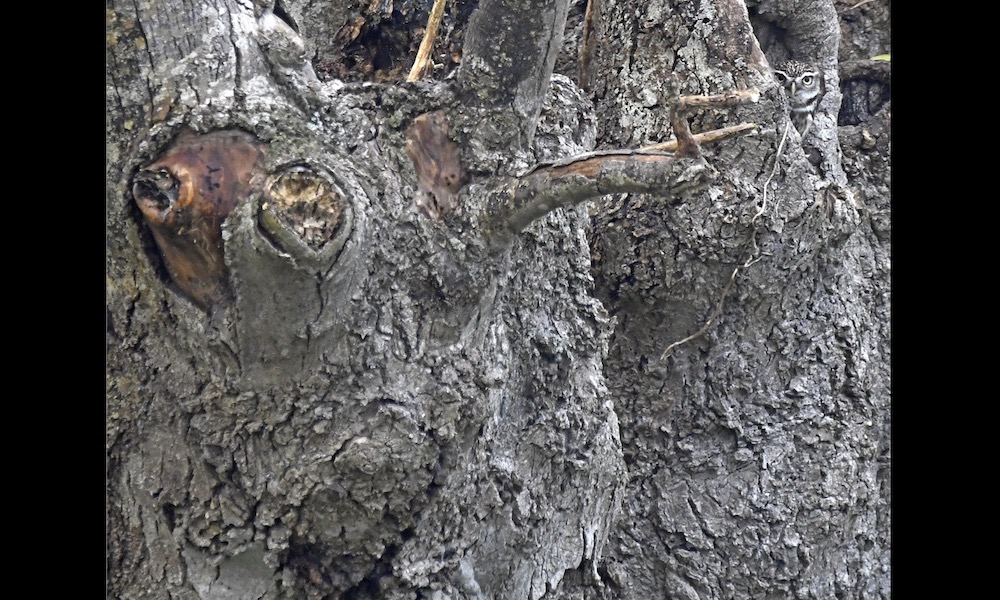As an autistic child, Alfie Bowen had a rough time in his early schooling. The regular school system didn’t serve him well, and he suffered from bullying. But once he got into a specialist school and met his mentor, the late Duncan Rollo, he thrived. Rollo encouraged Bowen’s passion for photography, arranging his first exhibition and sharing publishing contacts. Now, Bowen has followed his 2021 book, “Wild World: Nature Through an Autistic Eye,” with a new photography book, “Wild Horses,” published by ACC Art Books.
Indeed, wild horses are what this book delivers. “Always staying at a safe and respectful distance and never approaching any of the animals, it has been my privilege to spend many magical hours over the past twenty-four months. witnessing and recording these horses and ponies thriving in nature: in the fields of Suffolk, on the mountains of North Wales and amongst the trees of the New Forest. In many ways, it has been as much a journey of self-healing and self-exploration as it has been about photographing the horses,” Bowen writes.

The photos are astonishing in their composition, clarity, and depiction of the moving relationships between horses. There are sweet pictures of foals and moms, funny pictures of horses shaking off water, and dramatic photos of them rearing up on their hind legs as they play or fight with each other. In some shots, horses are nose to nose. In others, one horse will have their neck wrapped around another. Horses look right at Bowen through his camera in many pictures. The incredibly clear black and white photos show every knot in the horses’ tangled, wild manes.

This book would be a great accomplishment for any photographer, but knowing Bowen’s back story adds extra meaning to the work. While Bowen has known many tribulations in his young life, his tone is uplifting.

As he says, “My message to everyone I have met is to get out into nature, surround yourself with the wonderful flora and fauna that we share our planet with, and feel the sunshine on your back, and the wind blowing through your hair — it can transform you.”
